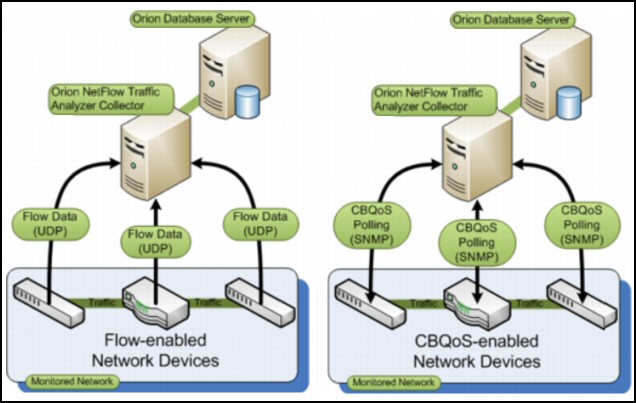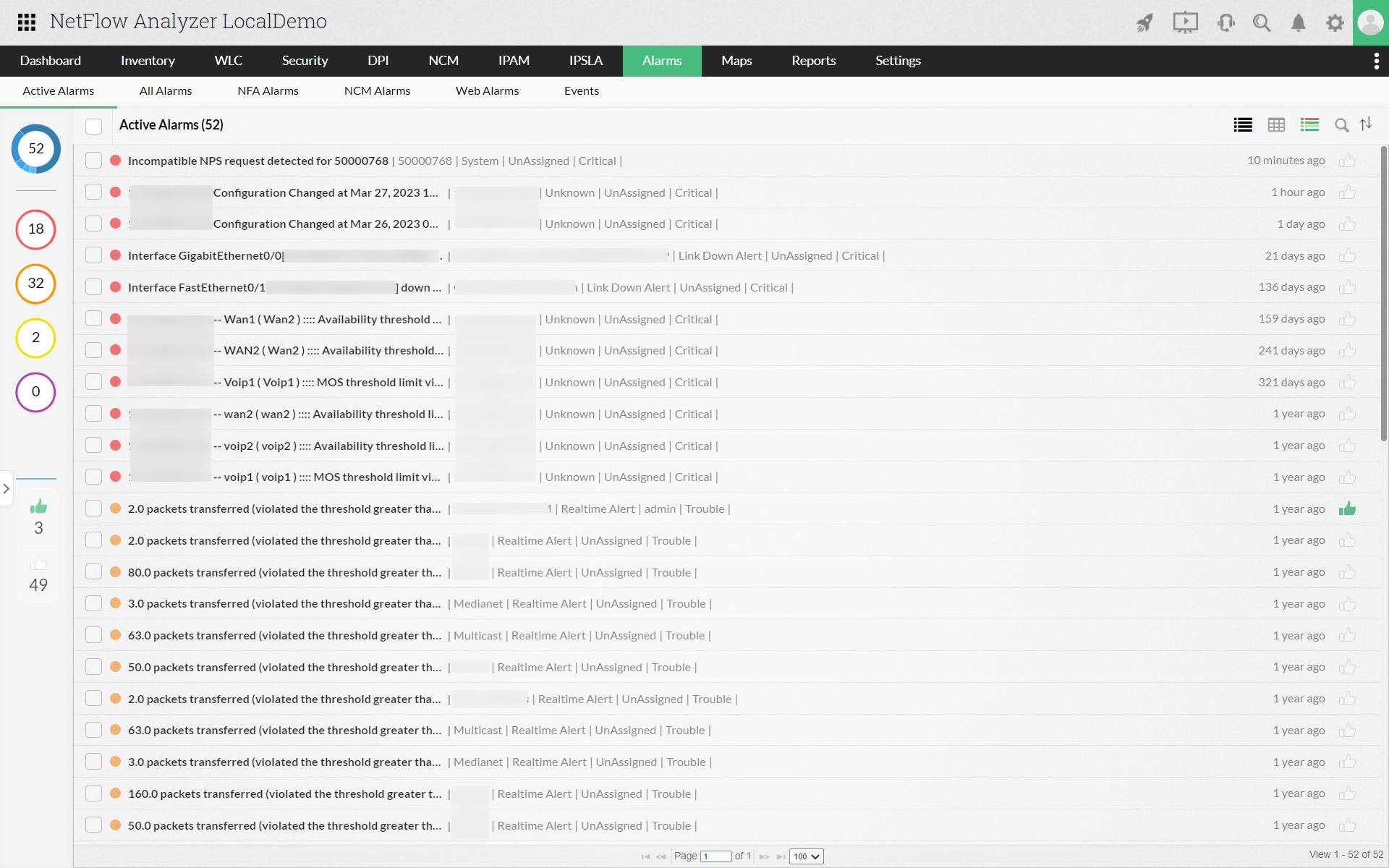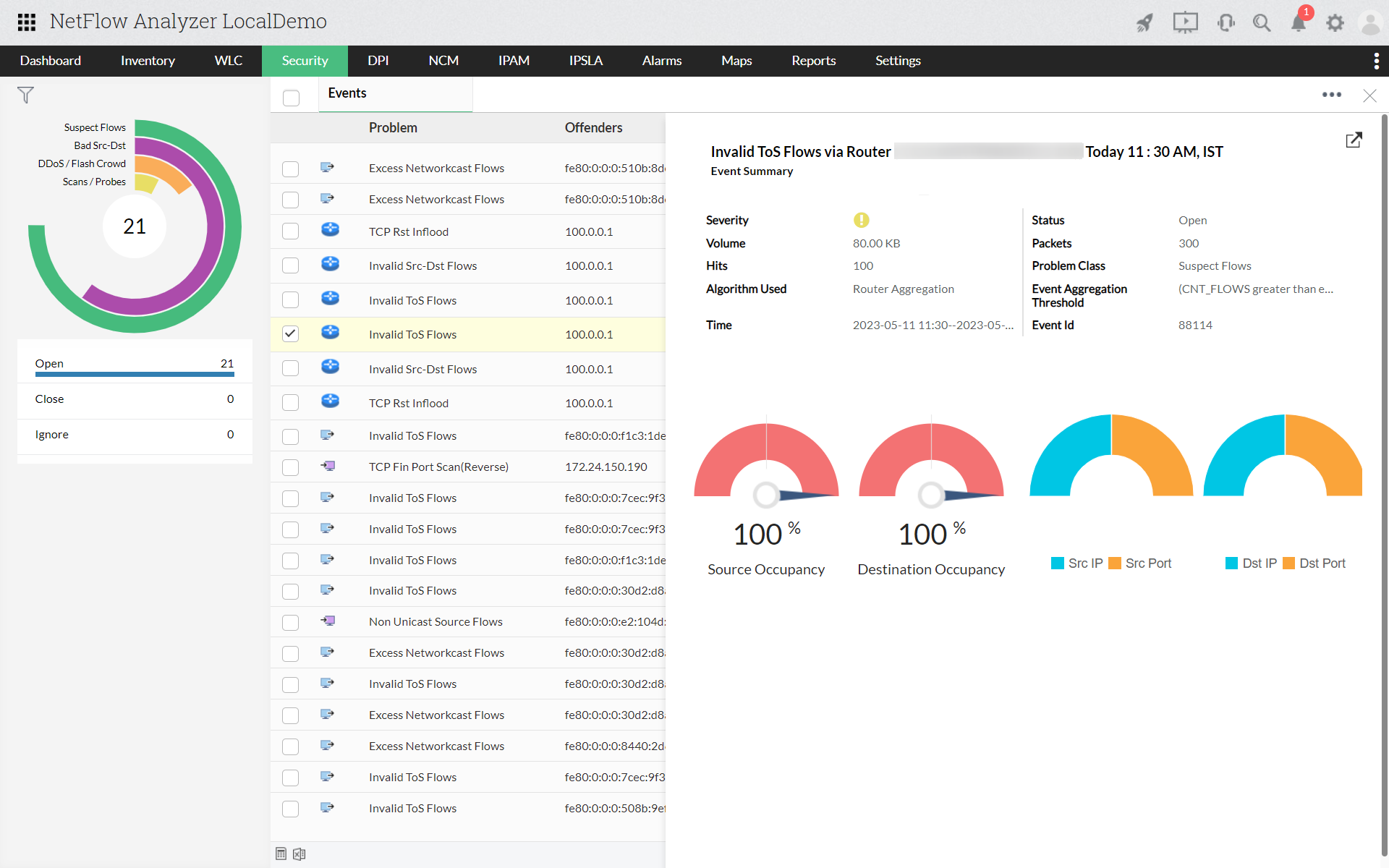
Also, it compromises privacy and data integrity. Traditional threat inspection with bulk decryption, analysis, and re-encryption is not always practical or feasible, for performance and resource reasons. They lack the security tools and resources to implement a solution that can be deployed throughout their network infrastructure without slowing down the network. The majority of organizations today do not have a solution to detect malicious content in encrypted traffic. Reduced defense-in-depth, with only one protection technology inspecting incoming traffic Internet users connecting to the enterprise’s public servers using encrypted protocols 1Įmployees on an internal network connecting securely to network edge (DMZ) servers More than 70% of malware campaigns in 2020 will use some type of encryption to conceal malware delivery, command-and-control activity, or data exfiltration.1 And 60% of organizations will fail to decrypt HTTPS efficiently, missing critical encrypted threats.

We need to be able to simultaneously assess how much of our digital business is protected and unprotected by encryption while also assessing what traffic is malicious and what is benign. Visibility across the network is getting increasingly difficult, and our traditional means of detection cannot assume that data is available for inspection. Threat actors have leveraged these same benefits to evade detection and to secure their malicious activities. However, businesses are not the only ones to benefit from encryption. Mobile, cloud, and web applications rely on well-implemented encryption mechanisms, using keys and certificates to ensure security and trust.


3Įncryption technology has enabled much greater privacy and security for enterprises that use the Internet to communicate and transact business online. 2 And nearly 80% of web pages loaded by Firefox use HTTPS. 1 In fact, as of May 2019, 94% of all Google web traffic is encrypted. Gartner estimates that more than 80% of enterprises’ web traffic is encrypted in 2019. As more businesses become digital, a significant number of services and applications are using encryption as the primary method of securing information. The rapid rise in encrypted traffic is changing the threat landscape.


 0 kommentar(er)
0 kommentar(er)
